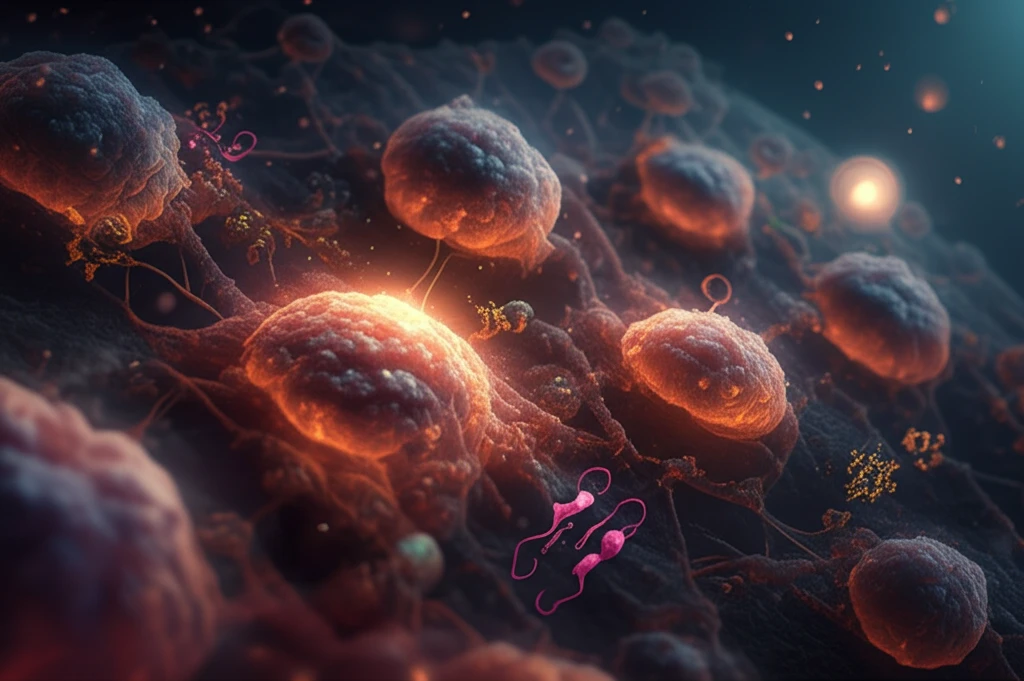
Unlock Your Cells' Potential: How Smad7 Could Revolutionize Regenerative Medicine
"New research reveals Smad7's surprising role in stem cell pluripotency, offering insights into regenerative therapies and cancer treatments."
The human body is an intricate network of signals and responses, where tiny changes can trigger massive effects. Scientists are constantly working to understand these complex mechanisms, particularly those that govern how our cells grow, divide, and specialize. Now, a groundbreaking study has uncovered a surprising new role for a protein called Smad7, traditionally known for its role in putting the brakes on the transforming growth factor-beta (TGF-β) signaling pathway.
TGF-β signaling is crucial for many cellular processes, including growth, differentiation, and immune responses. However, like any powerful system, it needs careful regulation. That's where Smad7 comes in – it acts as a key inhibitor, preventing TGF-β from running rampant. But the new research reveals that Smad7 has a secret life beyond simply blocking TGF-β. It turns out this protein plays a vital part in maintaining the "pluripotency" of stem cells, essentially keeping them in a state where they can develop into any type of cell in the body.
This discovery has huge implications. Understanding how Smad7 promotes pluripotency could revolutionize regenerative medicine, allowing scientists to grow new tissues and organs to replace those damaged by disease or injury. Furthermore, because uncontrolled cell growth is a hallmark of cancer, understanding Smad7's role could lead to new treatments that target the very root of the disease.
Smad7: More Than Just a TGF-β Blocker

The conventional understanding of Smad7 is that it functions primarily as an inhibitor of TGF-β and bone morphogenetic protein (BMP) signaling pathways. These pathways are fundamental for various cellular activities, including cell growth, differentiation, and immune responses. Smad7 typically interferes with these signals by preventing receptor activation, promoting receptor degradation, and disrupting the formation of active signaling complexes.
- Smad7 directly binds to gp130, a key component of the LIF receptor complex.
- This binding disrupts the interaction of SHP2 and SOCS3 with gp130, proteins that normally inhibit STAT3 activation.
- By blocking these inhibitors, Smad7 amplifies STAT3 signaling.
- Enhanced STAT3 signaling promotes the expression of genes essential for ESC self-renewal and pluripotency.
Implications and Future Directions
This research illuminates an unrecognized function of Smad7 in controlling cell pluripotency and offers a novel mechanism underlying cytokine-dependent regulation of cancer and inflammation. It suggests that modulating Smad7 activity could offer new therapeutic strategies for regenerative medicine and cancer treatment. Further research is needed to fully understand the intricacies of Smad7's role and its interactions with other signaling pathways. However, this discovery marks a significant step forward in our understanding of cell fate and offers promising avenues for future research and therapeutic development.
